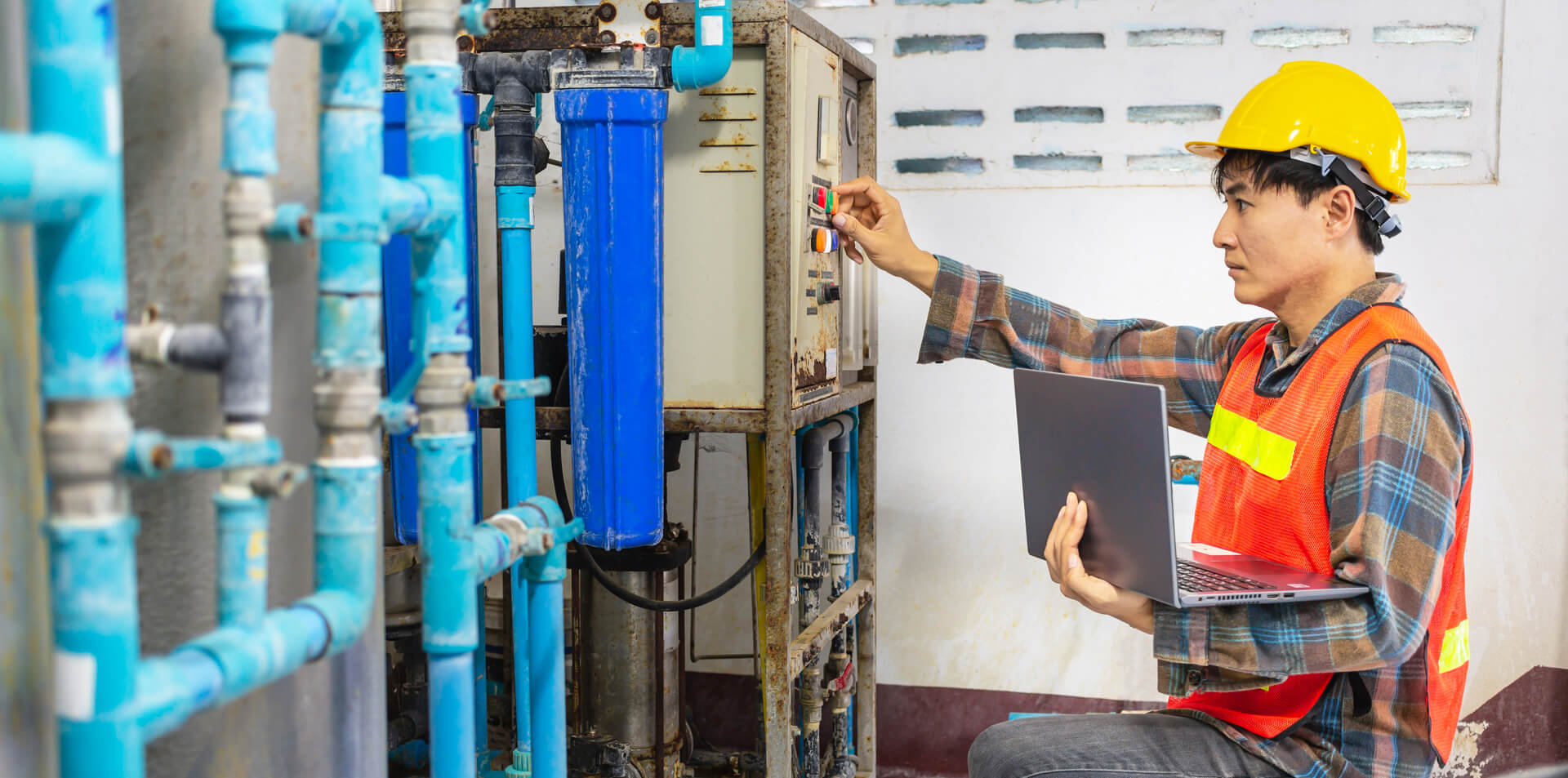


Get to know us better! Download our company profile to explore our expertise, services, and success stories. Stay informed about how we can add value to your business.

Radiographic Testing (RT) is a non-destructive testing method used to detect internal defects and evaluate the internal structure of materials. It involves the use of X-rays or gamma rays to penetrate the material being inspected. Radiographic Testing is commonly used in industries such as aerospace, automotive, construction, and manufacturing to assess welds, castings, forgings, and other components for defects such as cracks, voids, inclusions, and porosity. X-rays or gamma rays are generated by a radiation source (X-ray tube or radioactive isotope) and directed towards the material being inspected.
The radiation penetrates the material, and a portion of it is absorbed or attenuated based on the material's density and thickness. A film or digital detector is placed on the opposite side of the material. As the radiation passes through the material, it interacts with the film or detector, resulting in the formation of a latent image.
For film-based radiography, the exposed film is developed using a chemical process to reveal the latent image. For digital radiography, the captured image is processed electronically. Trained technicians interpret the radiographic images to identify and evaluate any indications or anomalies present. This may involve comparing the radiographic image to applicable standards, specifications, or reference images. The findings from the radiographic examination are documented in a report, which may include the location, size, and nature of any detected indications, as well as recommendations for further action if necessary.
Radiographic Testing can provide detailed information about the internal condition of materials, making it a valuable tool for detecting defects that may not be visible to the naked eye. However, it requires specialized equipment and trained personnel to perform safely and effectively. Additionally, radiation safety precautions must be strictly followed to protect personnel and the environment from potential hazards associated with ionizing radiation.